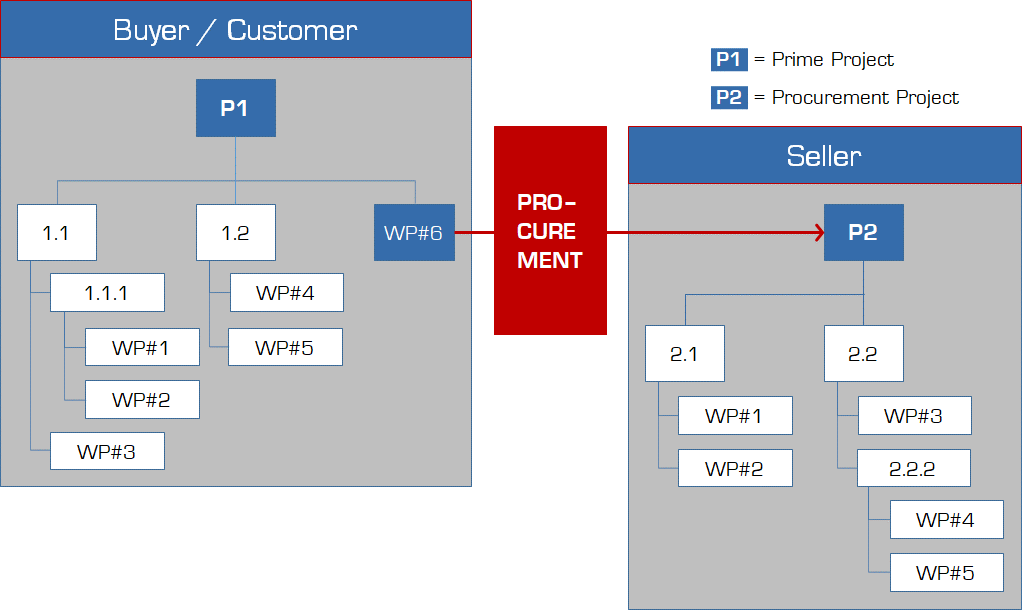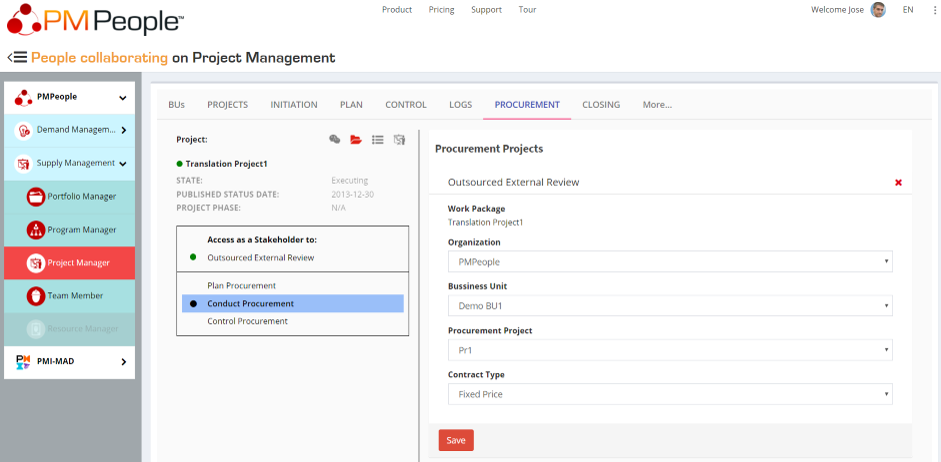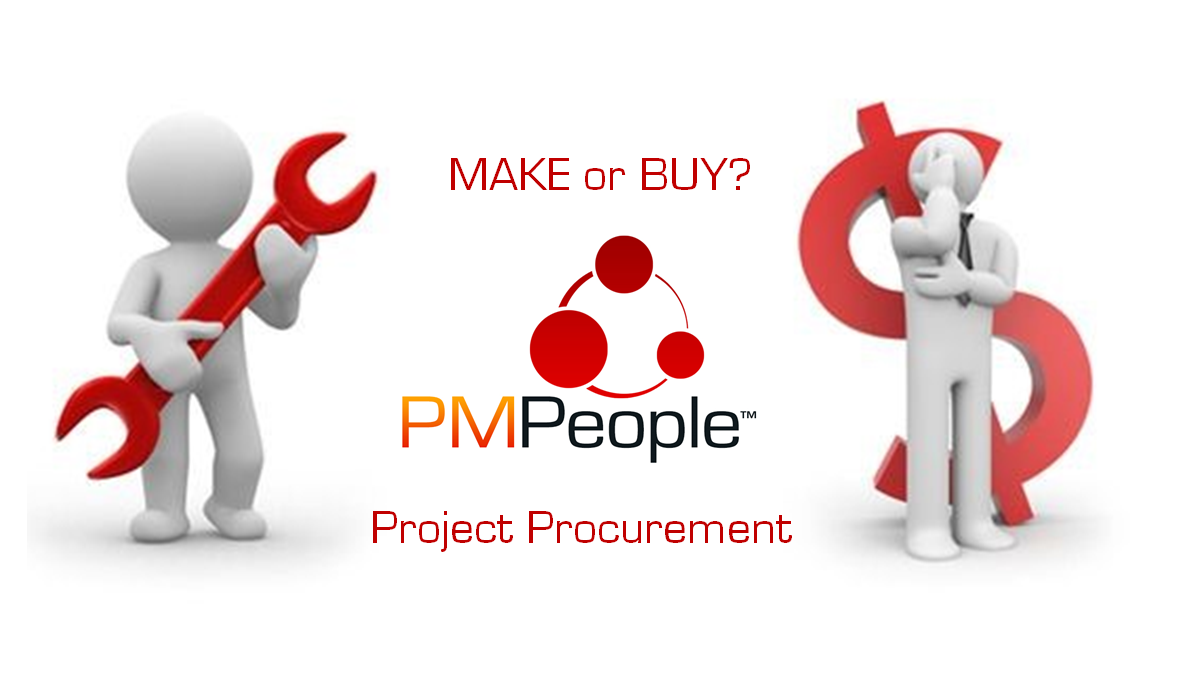Project Procurement Management includes the processes necessary to purchase or acquire products, services, or results needed from outside the project team. Project Procurement Management includes the management and control processes required to develop and administer agreements such as contracts, purchase orders, memoranda of agreements (MOAs), or internal service level agreements (SLAs). The personnel authorized to procure the goods and/or services required for the project should follow the agreement administration processes so that arranged goals are achieved and relationship ends in good terms.
Make or Buy?
One of the first decisions the project management team should make is about outsourcing some work packages or not. The project work done by a third party is not managed the same way. Fail in procurement management may even get to legal litigation! Project managers usually do not lead legal relationship, nor contract negotiation or contract closure, they have a supportive role. Other people involved are the legal department, purchasing department, contract managers, procurement managers, etc.
Project work done by a third party is not managed the same way.
The project seller should manage their own project. We as buyers will accept or reject their deliverables. Our WBS is not enough to specify seller’s work. We need a precise procurement statement of work for every and each part of the contract. If the contract does not include a work, then we are not supposed to ask for it. Communication is key. We need a separate log for procurement communications. In the worst scenario, these communications could be used as evidence in court. Procurement external dependencies have great implications on our project schedule. Project cost management is affected too: new indirect costs have to be taken into account. Risk and assumptions are also essential in procurement management, not to mention stakeholder expectations management.
Assume you are the project manager for project P1, including six work packages. The performing organization decides outsource work package #6. One seller is chosen and a contract is signed. Seller will perform another project under procurement: P2.

You better get along with your colleague in the seller organization, but you also represent your organization as the client. You have no authority to manage seller’s work. Technically speaking, you just accept/reject deliverables. You also keep a detailed log for contract communications, claims, and other significant data.
Plan Procurement
Any work package can be outsourced under contract, or any other kind of agreement. This part of the project will be executed by a third party (contractor, other department, or other team) with their own resources. Make or buy decisions are key in project management because execution will be totally different in one case or the other.
PMPeople allows to connect any work package to a procurement project.
If the project manager is a stakeholder of the procurement project, then he or she can control procurement effectively. The procurement project can belong to another organization, another business unit, or the same business unit than the prime project.
Project managers, or any other management role (PMOS, PMO, PfM, PgM), can plan procurement at PROCUREMENT >Plan Procurement:

Conduct Procurement
The binding between the work package and the procurement project, if this project is also managed with PMPeople, can be done at PROCUREMENT > Conduct Procurement: Project manager can bind the procurement to any project he has access as a Stakeholder:

The Project manager can click the link at section [Access as a Stakeholder to:] to directly access the procurement project as a Stakeholder.
PMPeople is the tool for the project economy. It is aimed to unify professional project management by these differential points:
- Designed by and for professional project managers, following professional project management standards.
- Online productivity –less meetings, less documents, less workflows– through distributed collaboration among 12 specialized roles: Organization Owner, 6 roles on demand management and 5 roles on supply management.
- Freemium product –unlimited time, unlimited users, only managers have to pay– usable via web and mobile application.
Start using PMPeople for free, for unlimited time and for any number of users. In premium organizations, only managers have to pay. Several roles –stakeholders, team members, sponsors and resource managers– are always free. You can increase or decrease your premium seats according to the organization actual needs. Premium organizations have access to our interactive support through Slack. Our servers are located in EU. This software can also be hosted on customer premises.
Jose Barato
Related posts
Categories
- Business (16)
- Demand Management Roles (14)
- Frequently Asked Questions (7)
- Guide (26)
- People (23)
- Assignments (2)
- Feedback (2)
- Project Team (3)
- Tracking Time And Expenses (2)
- Process (9)
- Closing (2)
- Executing And Controlling (2)
- Planning (1)
- Project Management (67)
- Management Frameworks (18)
- Organization Owner (OO) (3)
- Project Economy (54)
- Tools (19)
- Supply Management Roles (5)
- Training (6)
- Uncategorized (1)




